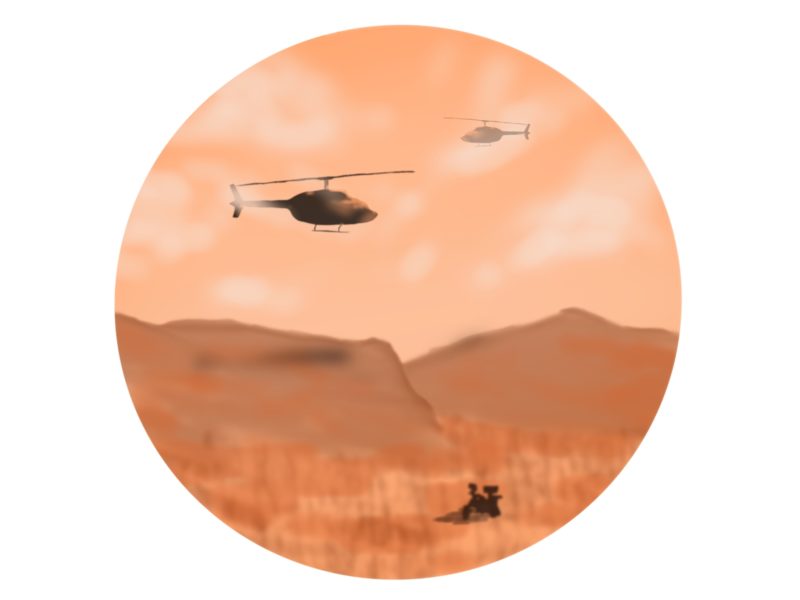Controlled Source Electromagnetic (CSEM) surveying is becoming possible in shallow water as well as deep, reported exploration advisor Frieder Roth at the March 10 Heiland lecture. He then explained the technical challenges of shallow water CSEM surveying and offered a few possible solutions.
The first obstacle shallow water CSEM faces is that of airwaves. According to Roth, this phenomenon “reduces target response in relative terms. However, in absolute terms, the airwaves enhance the response due to multiple scattering.” This means that in shallow water, the target’s response is stronger, but so are the background distractions due to the airwaves. “What we can learn from this is the following: If we want to identify and interpret this weak target response here, we really need to very accurately handle the background response,” concluded Roth. The airwave can also be considered a vertical traveling plane wave like a magnetotelluric field, meaning it is strongly sensitive to horizontal subsurface resistivity and that isotropic inversion is insufficient.
Having established the challenge of airwaves, Roth continued on to data uncertainty. “Data uncertainties… tend to be much higher in shallow water CSEM than in deep water CSEM,” said Roth. He then demonstrated this with several 3D models as well as a discussion of detection limit. It was in this detection limit discussion Roth reached many of his conclusions. According to Roth, detection is primarily limited by multiplicative or acquisition uncertainties such as position, orientation, and calibration. In order to improve detection, Roth argued that multiplicative uncertainties must be reduced. Since shallow water CSEM is dominated by these acquisition related uncertainties, improving them is crucial.
Additionally, reducing additive noise becomes important when multiplicative noise is reduced as well. Most of this added noise comes from the environment in the form of magnetotelluric, ocean swell and tidal noise and is specific to shallow water CSEM. Roth explained that “the shallow water environment is very particular” and that these noise types occur differently in different places around the globe.
To further improve the effectiveness of shallow water CSEM, Roth pointed toward surface-towed sources for the answer. “When the water is just 40 meters or 60 meters [deep], it actually makes sense to tow the source close to the surface and to suspend it from buoys.” The primary advantage of this method is a greater control of depth, pitch, and position, thereby reducing the overall data uncertainty. Productivity can be increased by the faster towing speeds and greater maneuverability compared to the deeper towed sources and the possibility of damaging subsea installations is nearly eliminated. Additionally, when the uncertainty factors are held constant, sensitivity remains roughly the same as in the standard methods. But when a smaller, more accurate uncertainty percentage is used, sensitivity increases.
Another frequent problem is the discreditization of shallow water CSEM. A main cause of this discreditization is a common technique known as up-scaling. Up-scaling is a process in which effective conductivity is assigned to nodes in a way that the assimilation grid is much greater than the input grid such that the nodes can be treated as resistors in either series or parallel. It is effective in deep water, but much less accurate in shallow water. Roth explained how to increase the accuracy, “We don’t just provide an input model, we… provide a bathymetry grid as well. That actually allows us to define the so-called mini-cells, which provide a much more accurate representation of seabed.” Additionally, Roth and his team also worked on improving interpolation by taking into account jumps in the vertical derivatives of electric field. This can decrease error from ten percent to almost nothing.
Roth also discussed some of the difficulties which necessitate the solutions he presented. CSEM surveying in shallow water is an emerging technology with a bright future, but there is still work to be done. As Roth explained, “There is not a silver bullet that will help you do CSEM in shallow water, but we… need to really improve in all the areas.”


'Shallow water CSEM makes strides' has no comments
Be the first to comment this post!